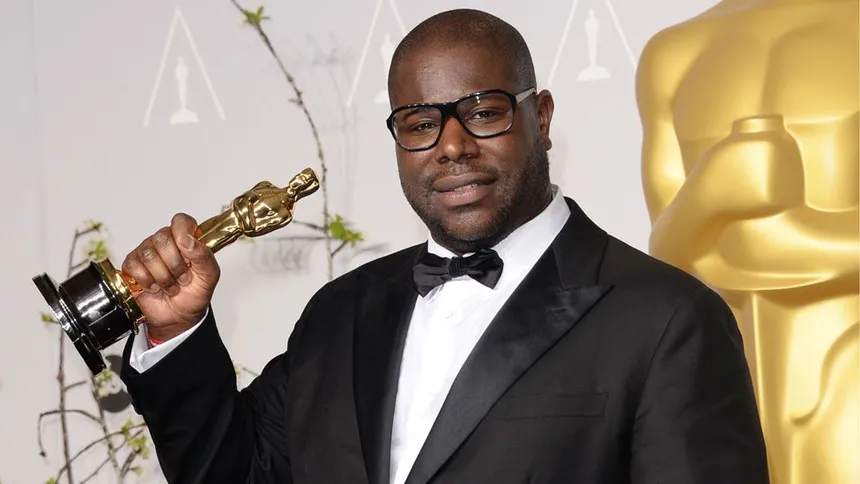Sir Steve McQueen, the renowned British director of 12 Years A Slave and Small Axe, has defended the four-hour length of his new documentary, Occupied City, which delves into the life of Amsterdam under Nazi occupation during World War II. The film, which premiered at the London Film Festival, is an ambitious project that weaves together past and present footage to create a unique cinematic experience. According to McQueen, the film’s length is a necessary ingredient to convey its poignant messages, which explore the city’s Jewish community before and during the Nazi occupation.
Occupied City is based on a book by McQueen’s wife, Dutch director Bianca Stigter, titled Atlas of an Occupied City, Amsterdam 1940-1945. The book provides a comprehensive history of the city’s occupation, and McQueen believes that the film’s length allows for a more immersive and engaging experience for the viewer. “I think an hour and a half wouldn’t do it a service,” McQueen stated. “And what the time is, it’s time reflecting on something which, in effect, could have been 24 hours long, could have been 40 hours long.”
Stigter echoed McQueen’s sentiments, emphasizing that the film’s length is essential to conveying its message. “I think what it stresses is the film is not a history lesson, it’s an experience that you are wandering through this town in the present, and in the past, for four hours,” she explained. “And if you had made it shorter you could not get to that point.”
The documentary features 130 locations in present-day Amsterdam that relate to the Jewish community before and during the Nazi occupation. The locations are narrated by Melanie Hyams, who provides a voiceover that guides the viewer through the city’s past and present. McQueen revealed that the project did not initially start as an adaptation of Stigter’s book, but rather as an idea to create a piece that juxtaposed past and present footage. However, as Stigter was writing the book, McQueen realized that combining the two would create a unique and powerful cinematic experience.

Sir Steve McQueen (Via Sir Steve McQueen/Twitter)
McQueen’s involvement in the project is personal, as he and his family live in Amsterdam. The film’s length and scope are a testament to his commitment to telling the story of Amsterdam’s Jewish community during the war. Stigter also noted that the project was a “unique experience” for her, as they have a personal connection to some of the locations featured in the film, including where their children went to school.
Throughout the documentary, McQueen and Stigter blend past and present footage to create a sense of continuity and connection between the two eras. The film’s use of archival footage and photographs, combined with contemporary footage of the city, creates a powerful visual narrative that brings the past to life. By exploring the city’s Jewish community during the war, Occupied City sheds light on a dark period in history, and serves as a poignant reminder of the importance of remembering and learning from the past.
As McQueen himself described the film, it is an “extraordinary” and “genius” work that is “perfect in [his] mind.” Stigter added that the documentary was a “necessary ingredient” to convey its messages, and that the film’s length allows for a more immersive and engaging experience for the viewer.
Occupied City is a powerful and poignant documentary that delves into the life of Amsterdam under Nazi occupation during World War II. With its unique blend of past and present footage, the film creates a sense of continuity and connection between the two eras, and sheds light on the city’s Jewish community during the war. McQueen’s commitment to telling this story is evident throughout the documentary, and the film’s length and scope are a testament to his dedication to preserving the city’s history.











































